Water, Where it’s At
Do you know why Earth is called “The Water Planet”? That is because about 71% of the Earth’s surface is covered in water! Even though 71% is a big number, the amount of water we have to use is still limited.

We use water every day for all kinds of things. In fact, the average person living in the United States uses 100-300 gallons of water per day! What if you had to carry the amount of water you used around with you? This video will show you just what that looks like!
Humans aren’t the only ones who need water to survive, plants and animals need it as well. So, we need to use it wisely! In this lesson, we will focus on how much water there is for us to use. Learn more about water in general.
Freshwater vs. Saltwater
You see water all the time, right? Did you know about 97% of the water around us is saltwater, and only 3% of all water on Earth is freshwater? That is quite a big difference!
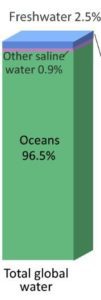
Of the freshwater, about 69% of it is locked up in glaciers and ice caps, and about 30% of it is deep underground.
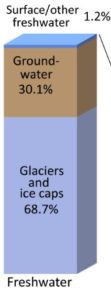
It requires a lot of energy and resources to get freshwater from glaciers and ice caps and to extract water from deep under the ground. Therefore, we cannot rely on those sources as a place to get our freshwater.
The remaining 1% of all freshwater is on the surface. This includes lakes, streams, rivers, etc. Due to some of the freshwater being polluted, or unhealthy, less than 1% is available for consumption. That leaves only a small amount of freshwater that is available for use, so it is crucial to learn about water conservation and the ways to keep the water clean.
Watch this video to get a visual of what less than 1% looks like!
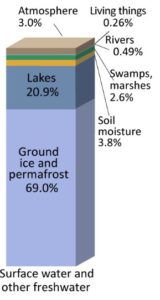
If you want to learn even more about water, watch this fun video!
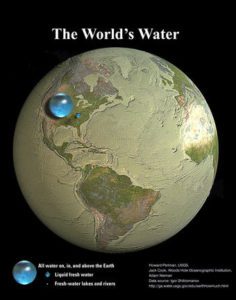
You may find yourself asking, if there is so much saltwater on Earth, then why can’t we just turn it into freshwater? This is called desalination. This is a process that removes salt from the water so it is safe to drink. The problem is that the desalination of water requires A LOT of energy and resources that can be very expensive!
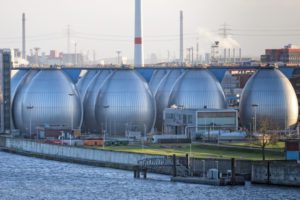
In addition to cost, desalination plants can suck in sea life, killing small ocean creatures like baby fish and plankton, upsetting the food chain.
Lastly, after separating the salt from the water, what happens with the separated salt? What is left is a very concentrated brine. Pumping this super salty substance back into the ocean can harm local aquatic life.
Conserving and keeping what freshwater we have clean is essential in making sure the environment we live in is healthy, and that we have plenty of freshwater for us and future generations to use.
Take Action
Figure out how much water you use
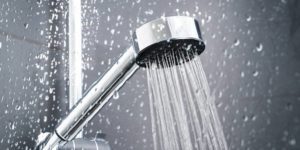
Do you know how much water your household uses? Are there some areas where you can reduce your water usage? Look at and fill out this water audit worksheet for your household, or use this easy water footprint calculator to see how much water your household uses. Then discuss where you can make changes.
More ways to conserve water
There are many ways that we can conserve water, which means use less of it. Some examples include:
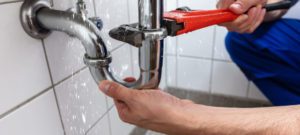
- Turning off the faucet when brushing your teeth
- Taking shorter showers
- Fixing leaks
- Giving unused water to plants or pets
- Capturing rainwater in a barrel or bucket and use it to water your plants
It’s pretty easy to save water once you know a little bit about it!
Show us what you did!
Take a picture or video of you and ways that you are trying to conserve water at home, and send them to us or tag us on Instagram (@resources_protects)!
Continue Learning!
There are lots of topics for you to choose from. Don’t stop here; move on to discover another lesson! New lessons uploaded each week.
